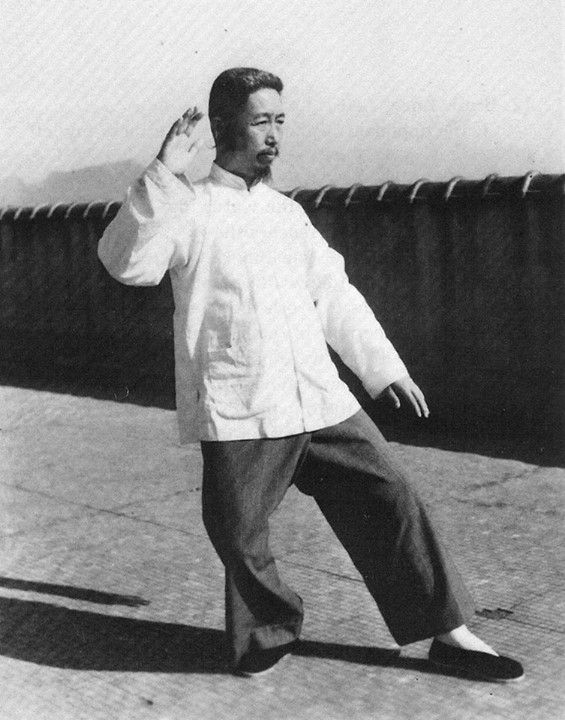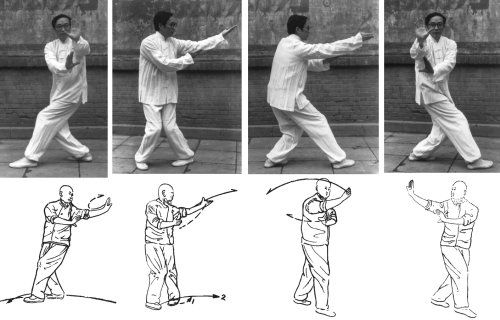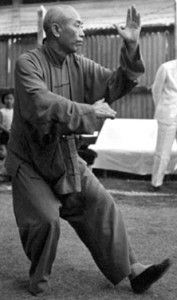Kwan Sau
Purple Belt
some WC folks get so wrapped up with training WC vs other WC players that they don't stop to think about how someone trained in another art might approach them
Totally agree! J W is right on the money here. This lack of vision by some in the WC world makes them think there WC is good to go against EVERYONE...just because they can beat up their fellow WC partners in the kwoon.
there is good WC and bad WC out there. Bad WC might be full of all the holes the boxer was pointing out. Good WC would not.
Absolutely. The sad part is...either the boxer guy or this izzo guy isn't well versed in "good" WC in my opinion. Sadly, many internet surfers tend to lean on youtube WC'ers as gospel. Izzo being on of them. I would have had more respect for izzo if he had included the full WC arsenal...but perhaps he doesn't know it yet.
WC is an aggressive art
Agree! "Good" WC has a rich assortment of footwork which, when properly learned, drilled, trained, allows the WC exponent a wide latitude of movement in order to constantly bring the agressiveness to the adversary.
To point #3; WC does support body torquing. Watch our second form, Chum kiu.
Again, totally agree with J W here. Again, Izzo and/or this boxer guy do not understand even basic WC IMO.
Ideally, you would be defending and attacking with the same hand at the same time. For instance, you punch, I punch. My punch both deflects yours and hits its target.
Yup!!!!! Another example of "good" WC. And, as J W states... "ideally". Because not everything is 100% effective, 100% of the time.
And finally, let's not forget that "good" WC has a rich, in-depth leg / kick training arsenal. Most youtube vids and the like seem to only focus on waist up WC...forgetting the lower half of the body. This is a huge mistake. Properly trained, a WC man's legs are formidable.






